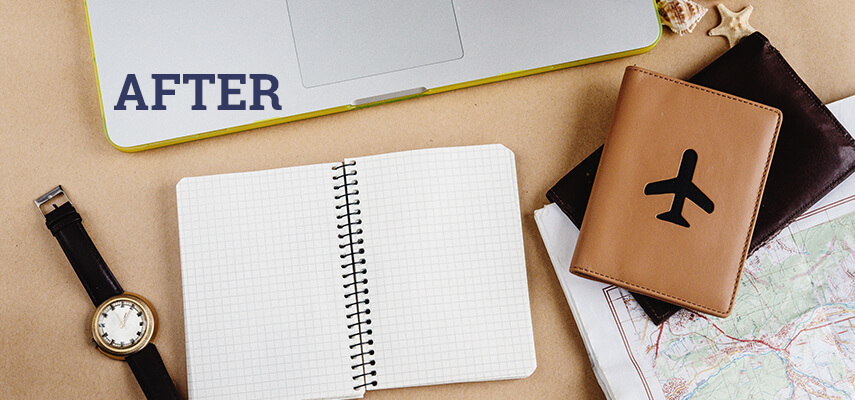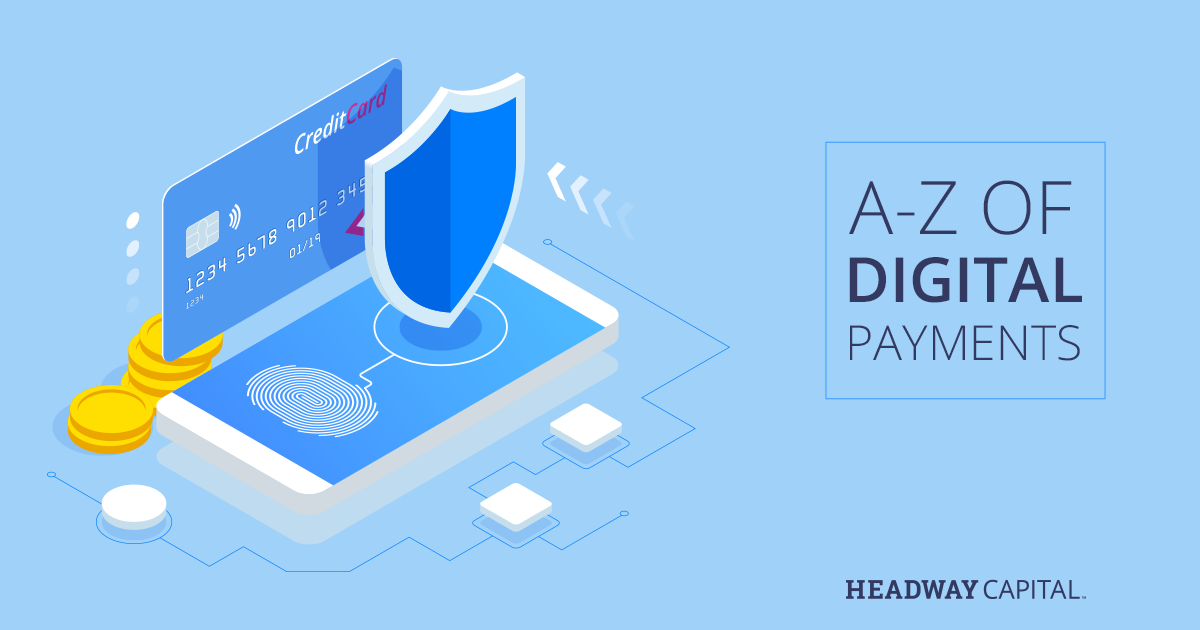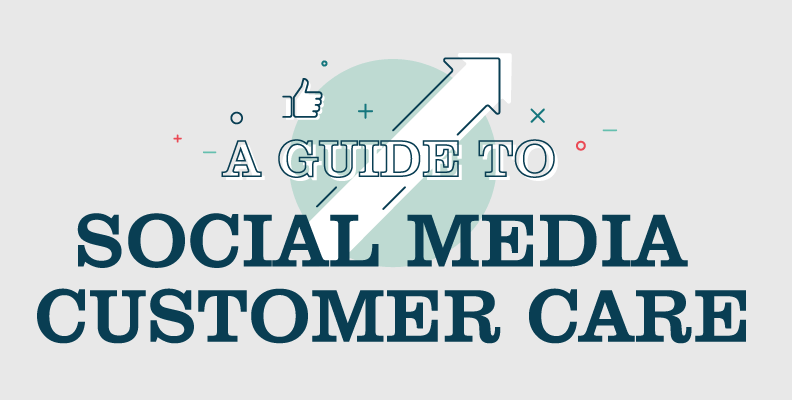Domestic business travel costs businesses approximately $112 billion annually.1 For some businesses it’s a necessity, while others use it to build client relationships. Traveling for business gives you the opportunity to expand your business, meet your peers and get to know a new city! It’s no wonder businesses choose to conduct business on the road.
While productive, the price tag that accompanies business trips can challenge their value and make any small business owner question whether the cost is worth the potential professional prospects. We’ve found some of the best ways to save before, during and after your business trip. These small ways to avoid costs can add up to big savings!




































